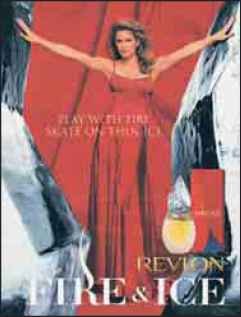Source Power
The final characteristic in Kelman's classification scheme is source power. A source has power when he or she can actually administer rewards and punishments to the receiver. As a result of this power, the source may be able to induce another person(s) to respond to the request or position he or she is advocating. The power of the source depends on several factors. The source must be perceived as being able to administer positive or negative sanctions to the receiver (perceived control) and the receiver must think the source cares about whether or not the receiver conforms (perceived concern). The receiver's estimate of the source's ability to observe conformity is also important (perceived scrutiny).
When a receiver perceives a source as having power, the influence process occurs through a process known as compliance. The receiver accepts the persuasive influence of the source and acquiesces to his or her position in hopes of obtaining a favorable reaction or avoiding punishment. The receiver may show public agreement with the source's position but not have an internal or private commitment to this position. Persuasion induced through compliance may be superficial and last only as long as the receiver perceives that the source can administer some reward or punishment.
Power as a source characteristic is very difficult to apply in a nonpersonal influence situation such as advertising. Acommunica-tor in an ad generally cannot apply any sanctions to the receiver or
Exhibit 6-7 Revlon makes effective use of supermodel Cindy Crawford in this ad
Exhibit 6-7 Revlon makes effective use of supermodel Cindy Crawford in this ad

Continue reading here: Using Q Scores and the Fame Index to Help Choose a Celebrity Endorser
Was this article helpful?
Readers' Questions
-
mika1 year ago
- Reply
-
Allen1 year ago
- Reply
-
amanuel saare1 year ago
- Reply